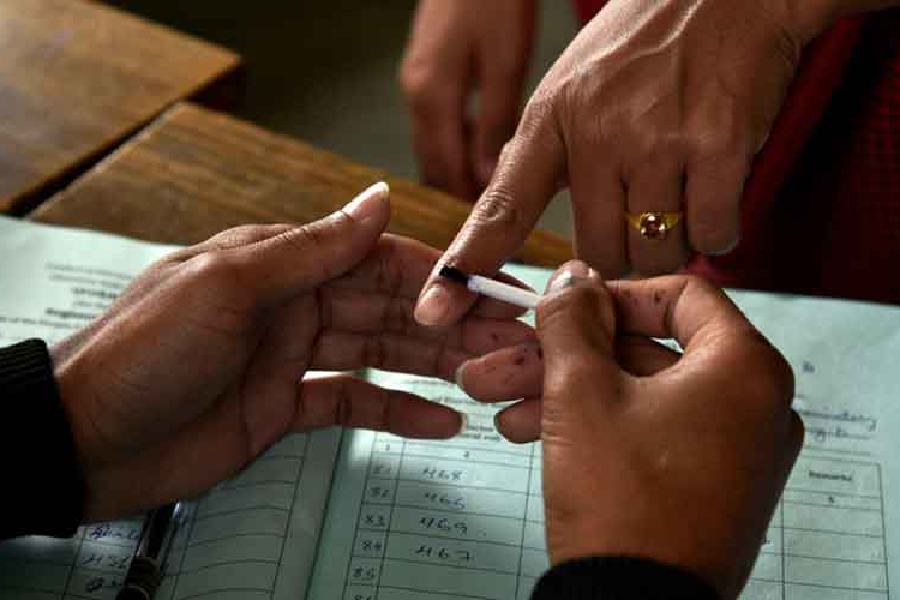Human beings are composed of cells which contain fluid with electrolytes. The main electrolytes are sodium, chloride and potassium.
Sodium chloride is common salt. Our cells need to contain between 135 and 145 milliequivalents per litre (mEq/L) of sodium, normal potassium levels of 5.1 mEq/L to 6.0 mEq/L and chloride between 96 and 106 mEq/L to function efficiently. Chloride is attached to sodium as salt or sodium chloride. Potassium has an inverse relation with sodium, as the level of one goes up the other comes down.
The recommended intake of salt is 5gm or one level teaspoon per day. This can be achieved by cooking food without salt and then placing one teaspoonful of salt in front of each member of the family to add to the food as it is eaten. Salted snacks and pickles should be avoided. Consumption of excess salt also interferes with deposition of calcium in bones. Chronic high salt consumption can cause weak bones and fractures.
We cannot do without salt. Sodium is essential as it helps to regulate the blood pressure, and participates in the normal functioning of nerves and muscles. If there is excess sodium in the body — from consuming salty snacks like chips or pickles — the kidney senses this rise and excretes the excess sodium in the urine. The kidneys can get overwhelmed with chronic salt overload and stop removing sodium efficiently. This can cause blood pressure to rise. Sweat also contains sodium. Sometimes excessive sweating because of elevated outside temperatures or activity can cause sodium loss. This can cause muscle cramps and pain.
Sodium levels in the blood can drop (hyponatraemia) if there is excess diuretic (water pills) use. These may be prescribed or taken over the counter in an attempt to lose weight. It can also occur due to heart, kidney, thyroid, adrenal or liver disease and due to a rare condition called the “syndrome of inappropriate ADH secretion (SIADH)”. Sometimes “natural treatments” recommend excess water consumption with which the kidneys are not able to cope with. Intensive physical activity depletes water and electrolytes. If only water is drunk to rehydrate sodium levels can fall. Both need to be replaced (sports drinks) to prevent hyponatraemia.
Hyponatraemia causes nausea, vomiting, headache tiredness muscle weakness and cramps and can eventually cause seizures and coma.
High sodium levels are called hypernatraemia. It is rarer than low sodium levels. It can occur in people unable to express thirst like the elderly, mentally deranged persons and infants. It causes weakness, nausea, confusion, twitching of muscles and there can eventually be fatal bleeding in the brain. It can occur if excess of diuretics is given or if there is diabetes, fever or if diarrhoea and vomiting are treated with ORS (oral rehydrating solution) and the solution is not reconstituted exactly as written on the packet.
Homemade rehydrating solutions may also contain excess salt.
The writer is a paediatrician with a family practice at Vellore and the author of Staying Healthy in Modern India. If you have any questions on health issues, please write to yourhealthgm@yahoo.co.in










